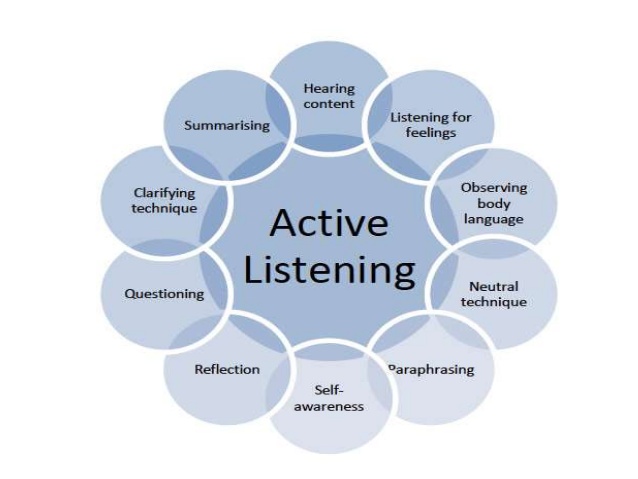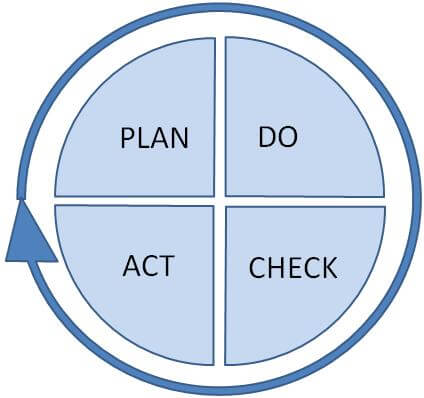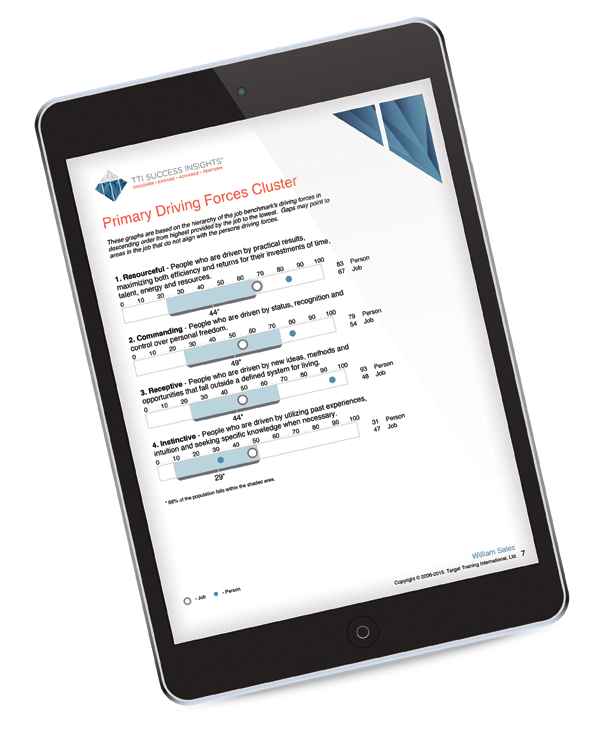Leaders here’s how to increase your Business Results by 21%
‘Supermothers’ lift 1 ton Renault Clio off trapped schoolboy

Employee Coaching and Development
This UK News story made headlines when two women saved a schoolboy’s life by helping to lift a 1.1 ton car off his body. Donna McNamee and Abigail Siccolo described how they heard a child screaming and ran to see who it was. They feared at first it was one of their own children.
When they got to the scene they were met with the horrific sight of two little legs sticking out from under the car. Without stopping to think the women grabbed the bottom of the car and lifted it up high enough, for others to free the little boy Bailey (8) He was subsequently treated by paramedics and taken to hospital.
Afterwards Ms McNamee said, ‘I must admit lifting the car was hard work. It’s not something I practice for.‘ Ms Siccolo added ‘We’re not heroes, anyone would have done it’.
Why does a leader need to be great at Coaching and developing people?
People possess more capability than they are currently expressing. Ordinary people as we’ve seen from the story above achieve extraordinary things under pressure. What if crisis is not the only catalyst? According to John Whitmore’s Coaching for Performance, some of this potential can be accessed and sustained through Coaching.
Effective leaders create more leaders. Coaching and developing employees is a specific way to help improve an individual’s ability to produce results. Can you think of a person who had a positive effect on your life? Perhaps it was someone you looked up to such as a teacher, coach, neighbour or friend. No matter what that person was called, he or she was, in effect, coaching you—helping and encouraging you to become the person you could be.
At The Complete Leader, we know that Coaching and development is essential to a high performing workplace. We understand the psychology of performance, motivation and engagement in a whole new way. The old Autocratic hierarchical institutions have given way to collaborative, flatter organisations, where people work for meaning and purpose, their pay cheque is not the primary incentive.
Millennials value growth, opportunity, advancement and good leadership above anything else. Frightening statistics have been produced showing that Millennials especially are the most disengaged of all the generations. A HBR article on What Millennials want from a New Job says that in 2016, 71% were either not engaged or actively disengaged at work, making them the least engaged generation in the U.S. Engagement is fundamental to employee retention.
In a Gallup Survey on How Millennials Want to Work and Live they found that Millennials want to be valued by their supervisors as both people and employees. As such, Millennials want to work with their managers to improve versus having a more traditional, and perhaps distant, employee-manager relationship.
So what does this mean for a leader?
“Millennials care about having managers who can coach them, who value them as both people and employees, and who help them understand and build their strengths,” Jim Clifton CEO of Gallup says.
Leaders model and leaders inspire. The carrot and stick method of motivation doesn’t work. The way for an individual and Team to perform at their best is to build trust, model and be guided by their leader. Individuals must be self motivated, personally accountable as well as responsible for their results and creative around their obstacles to ensure progress.
Furthermore Educational research called the Pygmalion Effect has proven that when educators believe their pupils are star performers, on average these students outperform their peers significantly. Accordingly when a leader’s expectation of his Team’s potential is high, the Team’s performance will result accordingly.
A recent Bersin by Deloitte report says that organizations achieve a 21 percent boost in business results when leaders embrace a culture of coaching. Bersin by Deloitte Report
You cannot afford to miss out on improving your Coaching and development Competency. We practice immersion therapy with our Complete Leader Ireland Cohorts, they are coached by their peers, by our Professional Coaches and our Facilitator Padraig Berry uses a Coaching style.
If you haven’t developed this competency, this blog outlines a few simple Coaching models and techniques that you can begin implementing today.
Unless you as a leader believe in your people’s potential, then they will not realise it! When you work with your Team, make sure your mindset reflects your solid belief in their potential.
What skills do I need to develop to be a Coach?
- Building Rapport
- Building Trust
- Active Listening
- Creating Awareness
- Powerful Questioning
- Non Judgement
- Goal Setting
- Tracking Progress
- Holding people Accountable
A person who effectively develops and coaches employees is an advocate and accountability partner for that person. The coach devotes appropriate time to the person she is working with and knows how to communicate with that person in a firm and fair way. She helps the individual being coached move toward a goal but is careful to leave the responsibility for achieving the goal with the person being coached.
A person who has good skills in Employee Development will be able to accurately identify the strengths and weaknesses of an individual, evaluate these traits against the requirements of a job or goal, and then design a program that will effectively elevate that person’s skills to the level they need to achieve success. A person with good abilities in Developing Others partners with their employees in their development planning, enabling them to take charge of their own growth and learning opportunities.
What is Coaching?
The International Coach Federation (ICF) defines it as ‘partnering with clients in a thought-provoking and creative process that inspires them to maximize their personal and professional potential, which is particularly important in today’s uncertain and complex environment.’
To put it more simply: Potential minus Interference = Performance. Gallwey, W. T. (1979). The inner game of tennis. Toronto: Bantam Books.
As Leaders and Coaches we hold the vision of the Coachee’s Potential and work with the ‘interference’ to achieve that.
The unique difference between coaching and directing is that we recognise the coachee as being ‘creative, resourceful and whole.’ We empower our direct reports to find the answers within themselves, this then builds their self belief and allows them to be more independent, self motivated and resilient. As John Whitmore in Coaching for Performance says ‘Coaching is a management behavior that lies at the opposite end of the spectrum to command and control’
Improving the capacity and capability of those around us is the hallmark of an effective leader. This is largely done through coaching and mentoring. Most effective coaches and mentors have acquired the skills to create and manage professional relationships based on trust. The same people make it their goal to encourage development and nurture learning. You will not become an effective coach or mentor overnight, but you will soon begin to recognize and practice good coaching (and become more open to being coached yourself)..
The Coaching Process:
There are many different approaches to coaching but the key is to start with a simple but effective model until you become more confident.
Confidentiality
Number 1 rule in Coaching is everything that is said in the session stays in the session. This can be especially important for Leaders who coach.
Mindsets: Strengths Focused:
As a general rule, we recommend working on your strengths 70:30 in this ratio. If you spend your life trying to be good at everything, you will never be great at anything. Our society encourages us to be well-rounded but this approach ultimately breeds mediocrity.
Caveat: If a true weakness has been identified as something that’s keeping you or your Direct Report from making progress in your/their life or career, such as a self-regulation issue (losing your temper) or a lack of Diplomacy and Tact (offending your colleagues) then this will need to be addressed as a matter of urgency.
Be Self-Aware
The more Leaders understand their own emotions, fears, passions, strengths and weaknesses, the better they can empathise with these characteristics in others and offer coaching and solutions.
Your TTI Talent Insight Report and your EQ Report are great places to start getting to know yourself. Take out your report with your own Coach or Mentor and do a SWOT analysis and a Personal Development Plan.
Respect
Remember to sit on the same side of the desk as your colleague. Ask yourself, how would you like to be treated and then behave accordingly.
S: Face the client Squarely
O: Have an open posture
L: Lean into the conversation
E: Eye contact
R: Be Relaxed
Be Present
So many of us struggle with how to get it, and keep it, amidst so much distraction. Giving someone our full, uninterrupted presence is a gift that makes a big impact. It’s so rare, and I believe is a large part of what people mean when they say someone has “presence.” says Kristi Hedges author of “The Power of Presence”.

Active Listening:
Through the gift of listening, you demonstrate humility and re-spect. Additionally, new ideas often emerge when people feel free to state their thoughts out loud. When done correctly, you will work harder than the person you are coaching, because you will be listening deeply to see the problem and hear it from the coachee’s point of view. Listen not to respond, not to judge, but to just hear.
Powerful Questioning
This is the ability to ask questions that reveal the information needed for maximum benefit to the Coach relationship and the client. A Leader needs to ask questions that evoke discovery, insight, commitment or action (e.g., those that challenge the client’s assumptions) We will discuss actual sample questions in the Coaching Model section below.
Creating Awareness
The ability to integrate and accurately evaluate multiple sources of information, and to make interpretations that help the client to gain awareness and thereby achieve agreed-upon results. You go beyond what is said in assessing client’s concerns, not getting hooked by the client’s description.
Planning and Goal Setting:
The purpose of this phase of the coaching conversation is to move from a discussion to a concrete plan. Coaching is a robust intervention with measurable outcomes. It is important for the Coach to facilitate the Coachee setting up the most effective SMART Goal that the Coachee can achieve. As you are aware SMART stands for
Specific: What one issue will you work on? Get as specific and detailed as possible. Each goal should answer the ‘W” questions, who, what, where, when and why?
Measurable: How will we objectively know if you accomplished the plan or not? Set objective measures that will make it obvious whether you did or did not achieve the goal.
Action-oriented: What will you do (stated as actions)?
Realistic: Can you realistically do what you said you would do?
Timely: When will you do it?
(Sometimes we add, A for accountability and R for reward to SMART Goals, how will the person be accountable and what will their reward be?)
As a coach, when you listen to what the coachee plans to do between now and your next coaching session, make sure her plan is a SMART one.

Use Plan Do Check Act Cycle

Wrap up
Traditionally it has been the role of the Coach to wrap up, that is to summarise the session, weaving the goal that was identified at the beginning of the session through to the action plan that was agreed to at the end. However it can be really beneficial for the Coach to ask the Coachee to wrap up. This highlights the Coachee’s key takeaways, what really stood out for him or her, as opposed to the Coach’s view of the conversation. It brings more perspective to the session and allows the Coachee to integrate the learning.
Final Thoughts
If you want to increase your Business Results, start by learning how to Coach and develop your Direct Reports. Remember the key skills of Coaching are building trust, building rapport, listening actively, asking powerful questions, creating awareness, planning and goal setting, tracking progress and holding people accountable. Use a Simple Model to guide your process, we’ve suggested SMART Goals or the Grow Model.
Don’t forget there are other ways to develop your employees. The person you are coaching will benefit from workshops and other training within your organisation or from outside vendors.
As a leader, your job is to help others recognise their natural talents and develop those into strengths, while acknowledging and neutralising their weaknesses.
Practice makes Perfect
What’s the one thing you can do today to start implementing a Coaching style leadership? When’ s your next 1-1 meeting? Start now.
Tonight make a decision to practice active listening with a member of your family. Ask them to rate your listening and give you feedback.
‘Leaders relentlessly upgrade their team, using every encounter as an opportunity to evaluate, coach and build self-confidence.’
Jack Welch
How Employee Experience Leads to a Highly Productive Workforce
We believe in order to create engagement, employers need to move beyond believing that experience is all about extra benefits at work such as Massages Mondays and Pool Tables. Real employee experience begins with meaningful work. What can your organisation do to create meaningful work for your people? What can you do to make your people feel connected and to feel like they belong and they trust you? Isn’t this what Experience is all about?
DISC vs. MBTI
How does DISC compare to MBTI? This is a common question many people have asked us over the years. There are many different angles to consider, as both tools are used frequently in organizations, but in different ways. In this article, we will answer...
Podcast – Building Authentic Empathy
Recently Padraig spoke with Dale Dixon on the complete leader podcast. Host Dale Dixon interviews Business Coach and Strategist Padraig Berry, who is the CEO of One Focus Business Consultants and TTI Success Insights Ireland. On today's episode, Dale and Padraig...

FREE DISC Assessment: Find out what your behaviours really are!
Have you ever taken a DISC Assessment? Actually… Have you ever taken a TTI DISC Assessment? Well why wait any longer, lets find out why you really behave the way you do!



